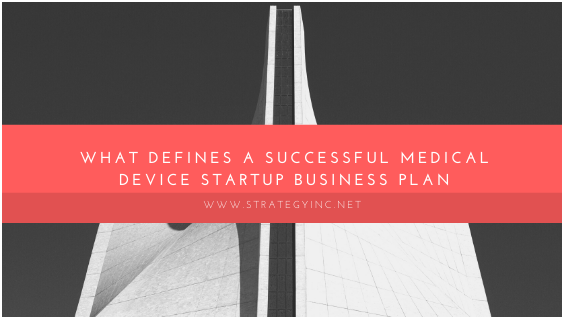A medical technology startup requires medical device valuation for an exit. Early and extensive exit strategy analysis is critical to achieving the highest return on investment. For this, innovators rely on medical device consulting firms for medical device valuation and robust exit strategy. A medical device firm can also help medical device developers in the identification of potential merger and acquisition targets.
As a technology is developed, and receives regulatory approval/acceptance to be sold, leadership should incorporate different options for exit.
An exit strategy has a significant impact on the company. There is a range of potential exit strategy options for a medical technology including:
- Initial Public Offering
- Merger
- Acquisition (Sale)
- Licensing
Initial Public Offering
An IPO, or initial public offering, is the process by which a privately held company begins selling stock to outside investors, thus becoming a public company. Going public is one of the ways to raise funds for the development and expansion of the company. This process is most often only successful for an entity that has generated significant revenue from their product, thus validating product acceptance.
Merger
In this option, a medical device company merges with another company. The creation of several types of mergers has different motivations. Medical device companies consider a merger to:
- Gain market share
- Expand reach
- Grow into new segments
It is critical to consider the value the merger will create and stakeholders’ satisfaction.
Acquisition
In an acquisition, one company purchases another company and assumes control. The medical device company can secure funds for the acquisition or acquire the company’s stock. The company can also consider a combination of both. The acquiring company can acquire for its intellectual property, assets or market access. Acquisition is preferred by most medical device startups to provide liquidity for investors.
Licensing
A medical device company can license their product, or just the intellectual property to a company for manufacture. It is possible to license the sale of technology for a specific logistical area, such as for an individual country. An additional option is that a company can license their technology to a company, and collect a royalty for the technology, while still maintaining ownership of the technology.
Steps For Creating An Exit Strategy
Exit strategies are different for different industries and companies. The exit preparation process is similar for most medical device startups. Depending on the goals and values of the company, the order and timing of these steps may vary.
Motivation
Whether the medical device startup considers merger or acquisition, the potential buyer considers the motivation of exit. What do the stakeholders want to achieve with an exit strategy? Are motives aligned for smooth negotiation and transition?
Explore Option
The medical device developer can research the acquisitions of competitors in the target market. This also determines a realistic fundraising benchmark. According to the requirements of the developer, the firm helps in identifying active acquirers and strong merger candidates. The consulting firm researches the acquisition history and reason behind the merger. It also ensures that acquisition criteria meet the requirements of the medical device developer.
Do the Math
The firm gathers information on comparable exit transitions. It is critical to monitor industry trends and announcements. Potential investors work backward from exit value to current medical device valuation.
Focus on revenue Growth
Medical device consulting firms identify revenue growth opportunities. As the medical device startup grows, it can develop these opportunities into actionable strategies.
Build Relationships
A medical device exit strategy evolves constantly. While it is highly valuable to identify targets and opportunities, the medical company must keep in mind that the expectations and priorities of the target market change over time. This is where building relationships with potential acquirers help.
Consider Competition
The competitors of the company are also seeking merger/acquisition deals. The company must analyze its competition and see how its innovation stands out in the competitive landscape.
Put it in the Pitch
Potential investors want a thorough understanding of the exit strategy. The company must present a clear, concise exit strategy in the pitch.







